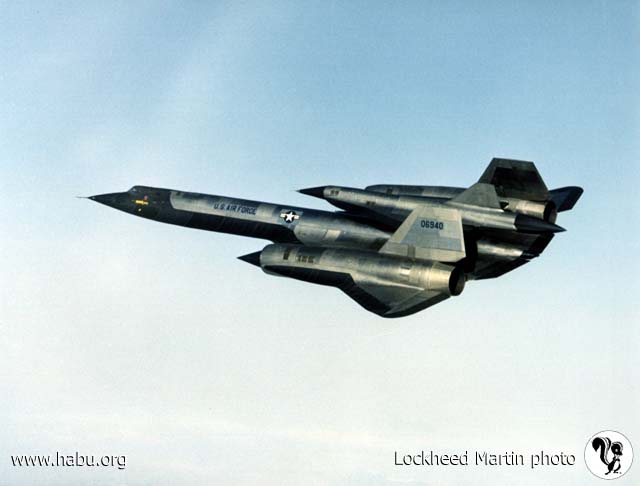|
The M/D-21 was one of the few ideas of Kelly Johnson that didn't pan out. The A-12 had originally been conceived as a recon platform that could fly deep into denied air space (e.g. the Soviet Union) and essentially be invulnerable to missile attack (from the first flight of the U-2, it was only a matter of time before Soviet missile technology would make the Dragonlady as vulnerable as any other aircraft). Yet the A-12 was in still in the planning and design stages when Gary Powers got shot down, forcing Eisenhower to sign an agreement with the Soviets that the United States would never fly a manned aircraft over their country again. 
 940 being prepped for her first flight -Lockheed photo via Tony Landis 940 was one of 2 airframes built from the ground up as M-21's, to be launch vehicles for the D-21 drone. The designations M-21 and D-21 come from reversing the numbers in A-12, and using M for "mothership" and D for "daughtership." When ferrying the D-21, the combination was called an M/D-21. The D-21 was powered by a Marquardt ramjet engine that had been developed and tested on the unmanned X-7 vehicle. Ramjets are essentially hollow tubes that use the compression of extremely fast air rushing into the inlet instead of a normal compressor/fan combination like a turbojet. As a result, the ramjet engine is useless below Mach 1.25. The M/D-21 would take off and fly to speeds above Mach 3 and 80,000 feet. At this speed and altitude, the drone's engine could be ignited and the drone launched from the back of the mothership, to fly along a preprogrammed course, then jettison its camera pack over neutral or friendly territory before self-destructing. 940 carried several D-21s during test flights, but was never used for any launches; instead, she was used as the chase plane for all launches from the other M/D-21, 941. |

